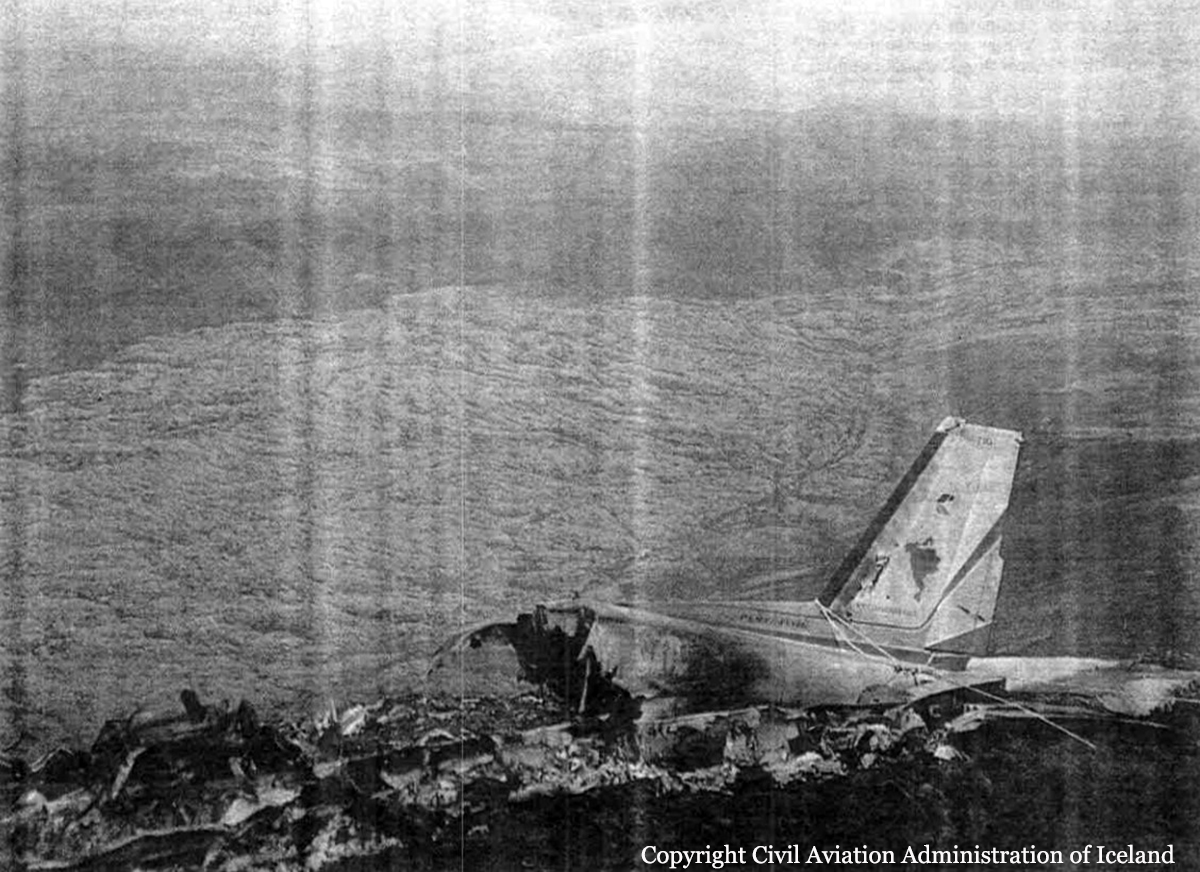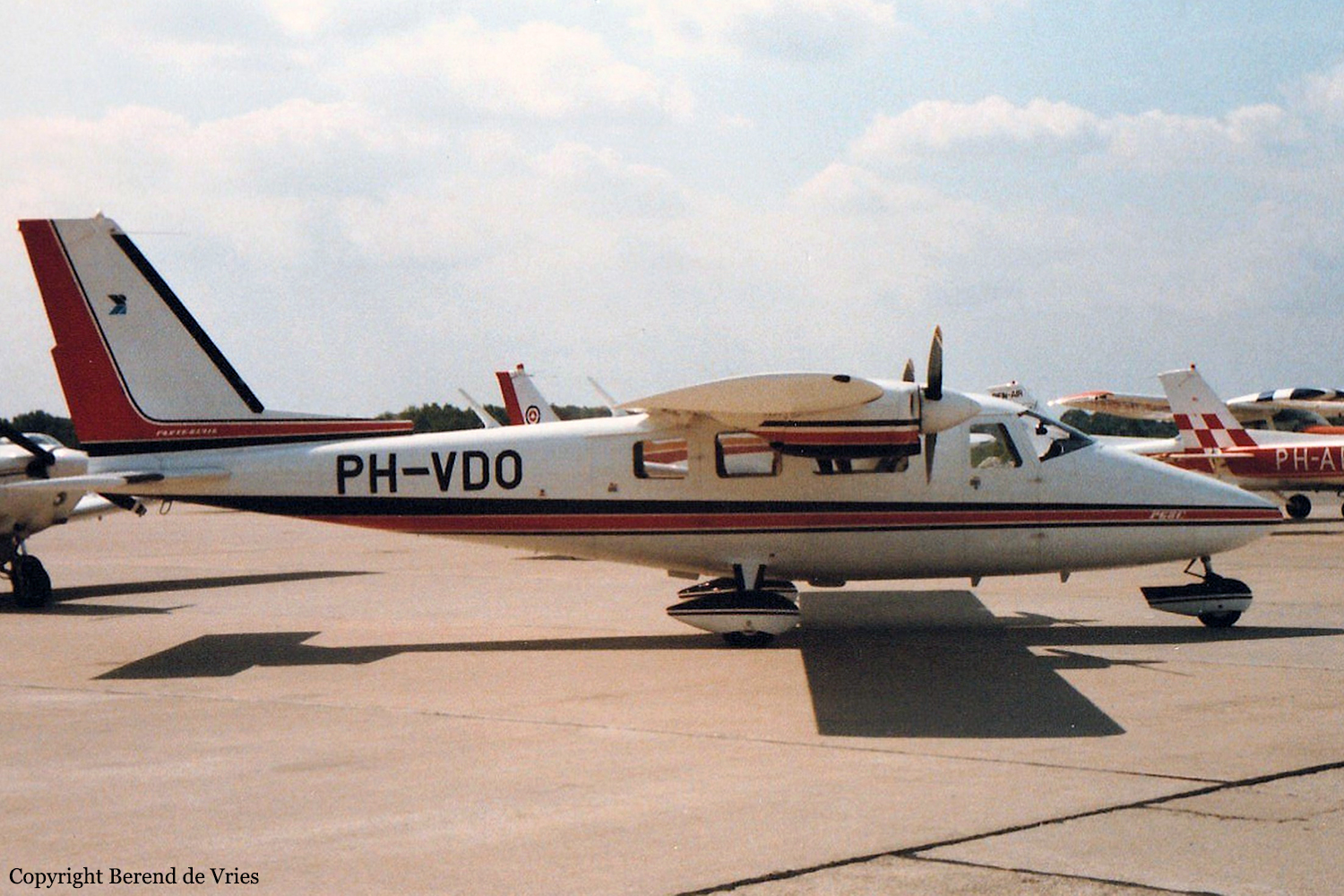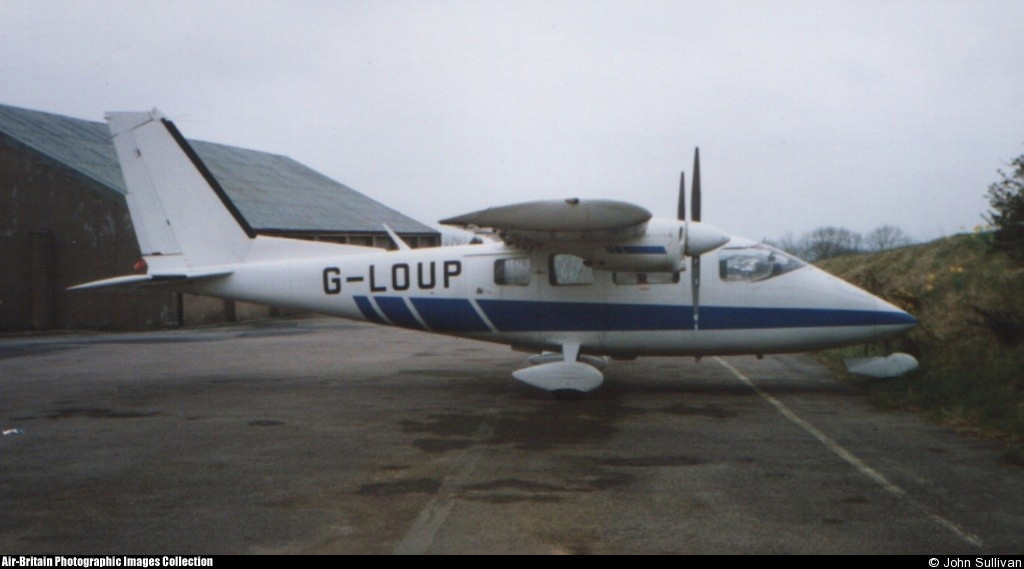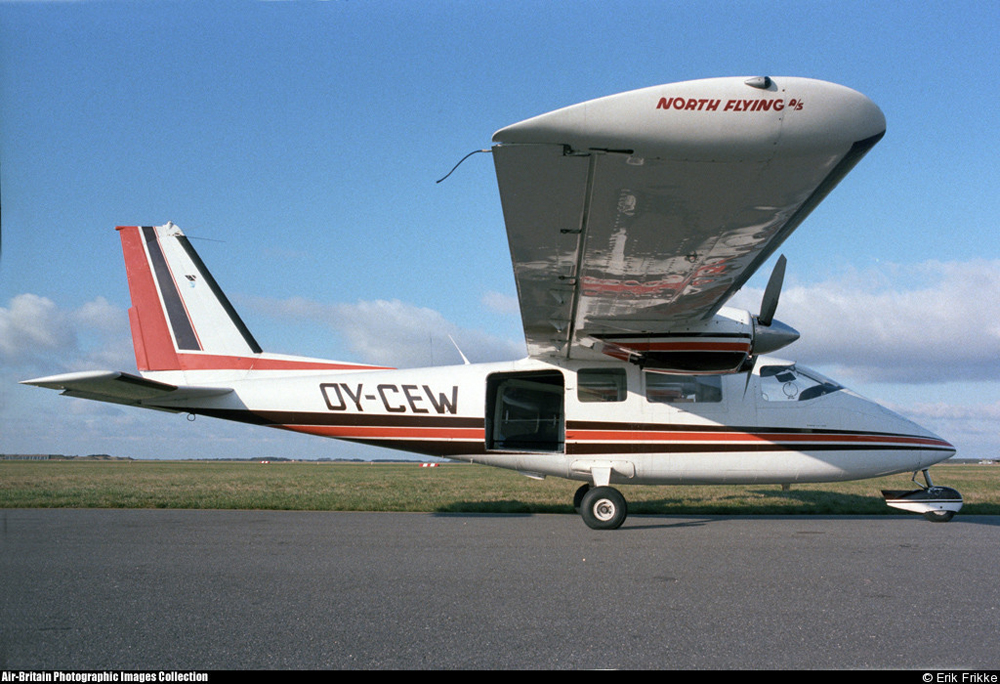Crash of a Partenavia AP.68TP-300S Spartacus off El Segundo: 1 killed
Date & Time:
Jan 9, 1996 at 0914 LT
Registration:
N3116C
Survivors:
No
Schedule:
Oxnard - San Diego
MSN:
8007
YOM:
1987
Crew on board:
1
Crew fatalities:
Pax on board:
0
Pax fatalities:
Other fatalities:
Total fatalities:
1
Captain / Total hours on type:
1000.00
Aircraft flight hours:
4540
Circumstances:
The aircraft was destroyed after an uncontrolled descent into the Pacific ocean about 14 miles west-southwest of El Segundo, California. The pilot was presumed to have been fatally injured. According to a company search pilot, visual meteorological conditions prevailed at the accident area about 1.5 hours after the time of the accident. No flight plan was filed for the positioning flight which originated at Oxnard, California, on the morning of the accident for a flight to San Diego, California. The aircraft departed Oxnard on a special VFR clearance. The tops of the clouds were reported to be about 1,200 feet msl. The aircraft transitioned southbound through the NAWS Point Mugu airspace. The Point Mugu radar approach control monitored the aircraft on radar for about 25 miles. The pilot was subsequently given a frequency change to SOCAL Tracon. There was no contact made with that facility. A search was initiated when the aircraft failed to arrive at the intended destination. A review of the recorded radar data revealed the aircraft was level at 1,800 feet msl and then climbed to about 2,000 feet msl, at which time it disappeared from radar.
Probable cause:
Loss of control for undetermined reasons.
Final Report:










